What is Regenerative Agriculture
Regenerative cattle farming is an innovative approach to raising beef that benefits the environment, animal welfare, and human health. This method offers a sustainable and ethical alternative for consumers concerned about the source of their food.
Key Principles of Regenerative Cattle Farming
Rotational Grazing: At the heart of regenerative cattle farming is the practice of rotational grazing. Farmers move their herds across different sections of pasture regularly, mimicking the natural grazing patterns of wild herbivores. This allows each area of land to rest and regenerate between grazing periods.
Soil Health: By allowing cattle to graze and move naturally, regenerative farming improves soil health. The animals' hooves help work organic matter into the soil, while their manure acts as a natural fertilizer. This process enhances soil fertility without the need for chemical fertilizers.
Biodiversity: Regenerative farms promote diverse plant species in their pastures. This variety provides a more nutritious diet for the cattle and supports a wider ecosystem, including beneficial insects and wildlife.
Benefits for Consumers
Nutritional Advantages: Beef from regeneratively raised cattle often contains higher levels of beneficial nutrients, including:
- Omega-3 fatty acids
- Antioxidants
- Essential vitamins and minerals
- Conjugated linoleic acid (CLA)
Environmental Impact: By choosing regeneratively raised beef, urban consumers can support practices that combat climate change. These farming methods improve soil health, increase carbon sequestration, and restore habitats for wildlife.
Animal Welfare: Regenerative farming allows cattle to live in more natural conditions. They have access to open pastures, diverse forage, and are able to express their natural behaviors.
Reduced Chemical Exposure: Regenerative farms typically avoids or reduces the use of antibiotics and synthetic pesticides. This means the meat is less likely to contain residues of these substances.
How Regenerative Cattle Farming Works
Grazing Management: Cattle are moved regularly across different pastures, allowing plants to recover and regrow. This process mimics natural grazing patterns and promotes healthier grasslands.
Ecosystem Approach: Rather than viewing cattle raising as an isolated activity, regenerative farming sees it as part of a larger ecosystem. The goal is to create a harmonious relationship between the cattle, the land, and other wildlife.
Soil Improvement: The cattle's grazing patterns, combined with their manure, help build organic matter in the soil. This improves soil structure, increases water retention, and promotes the growth of diverse plant species.
Carbon Sequestration: Healthy grasslands and improved soil quality allow these farms to capture more carbon from the atmosphere, helping to mitigate climate change.
By choosing regeneratively raised beef, consumers can enjoy meat that's not only potentially more nutritious but also produced in a way that supports environmental sustainability and animal welfare. While it may be more expensive than conventional beef, many consumers find the benefits worth the additional cost.
